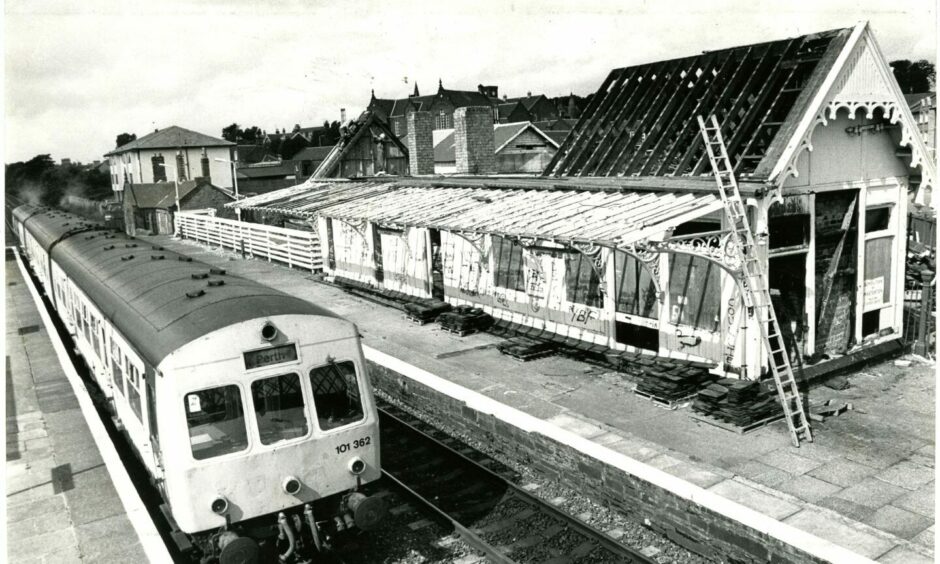
Firebugs torched it, accountants tried to raze it but, against the odds, Monifieth railway station building blossomed.
It suffered years of neglect, vandalism and fire-raising before the unlikely rescue as one of the centrepieces of the Glasgow Garden Festival in April 1988.
The station was opened in October 1838 on the Dundee and Arbroath Railway with two small, single-storey station houses close to the track which were built of local sandstone.
The line would eventually become a joint railway, operated by the Caledonian and North British Railways and their successors, the LMS and the LNER.
New timber buildings were built at Monifieth around 1898 – with the larger situated on the eastbound platform – which were used by scores of people locally every year.
The railway revolution
The railway forged previously unimagined connections.
The townspeople suddenly had more opportunities to travel further afield than ever before with through trains giving access to every corner of the country – and, for better or worse, bringing the day tripper to Monifieth.
The cheap Saturday fares provided by the railway companies were largely taken advantage of by working-class people out to escape the hustle of busy cities.
The station was the scene of many family welcomes and partings including a great many Monifieth men leaving to serve in the armed forces during the First World War.
Britain’s railways were nationalised by Labour in 1948 with the timetable showing six morning services to Dundee from Monifieth starting at 6.14am and taking 14 minutes.
The post-war years saw the rise of car ownership and foreign package tours, as well as goods haulage increasingly becoming the jobs of lorries, meaning that the railways were losing custom from passengers and commerce alike.
Soon enough, the sweeping closure programme, which followed Dr Beeching’s infamous report in 1963, formally titled The Reshaping of British Railways, swept away virtually every Scottish branch line in the 1960s.
Conventional wisdom at the time viewed these losses as regrettable yet inevitable, in an era of growing affluence – and foreign package tours – and rising car ownership.
The closure programme was brought to a halt in the early 1970s.
But there was still a battle to fight.
The railway was seen as loss making.
Monifieth railway station was unmanned from 1980
The 1980s saw severe cuts with Monifieth railway station building being closed and boarded up after usage plummeted at its booking office.
The cigarette vending machine on the platform managed to survive.
By 1984, Broughty Ferry and Carnoustie were the last staffed stations out of the six between Dundee and Arbroath.
By March 1986, all three stations were unmanned, and British Rail notified its intention to demolish the buildings because they were increasingly expensive to maintain.
The Courier reported: “Although the buildings are listed as being of historical or architectural merit, a question mark will remain over their future until a suitable financial package, which would save the buildings from demolition, can be arranged which would be suitable to BR.
“The Angus Railway Group have come up with the idea of converting the buildings into a railway museum, but this is still being considered by British Rail.”
Vandals attempted to do BR’s job on the cheap.
The firebugs targeted the building at Monifieth in April 1986.
Firefighters sifted through the charred timbers until it had been made safe.
Mob rule took hold and the quaint station building suddenly became a hotspot for vandalism with a number of attempts to destroy it by fire.
Youngsters broke in and sprayed graffiti on the building’s walls in November 1986, by which stage locals were anxious to see the removal of the blot on the landscape.
A demolition contract was given to a Glasgow firm by ScotRail in August 1987.
Was the fat lady clearing her throat?
Not quite.
Welcoming millions of visitors
The eastbound platform building was eventually given to the Railway Preservation Society that operated the Bo’ness and Kinneil Railway near Grangemouth.
The building was carefully dismantled and taken by lorry to Glasgow after being pulled down, where it was re-erected at the Glasgow Garden Festival in April 1988.
The Courier reported: “It will provide an authentic setting for the 112-year-old steam locomotive Kelton Fell, which has been loaned to Central Regional Council by the Scottish Railway Preservation Society to take pride of place at the festival display.
“The engine, built in Glasgow in 1876 and typical of the industrial locomotives known as ‘wee pugs’ will be transported to its festival location from Falkirk tomorrow on the back of a lorry.
“Kelton Fell, along with some rolling stock, will stand at the reconstructed station, which itself dates from the 1890s, and will recall the heyday of the Caledonian Railway in Edwardian times.
“The site will also feature a colourful station garden.
“Central Region is an area rich in industrial heritage, and this has been taken by the council as the theme of its exhibit.
“The prime example of preserving the past is the Bo’ness Heritage Area, where the railway preservation society run steam trains from the restored Bo’ness Station along the reclaimed River Forth foreshore.
“Both Kelton Fell and the station will go to the Bo’ness area when the garden festival is over.”
More than four million people visited the Glasgow Garden Festival.
The station was dismantled when the festival ended and reconstructed at its new home in the spring of 1989 at the Birkhill and Kinneil Railway.
Early in 1990 the remaining section of the five miles of track was re-laid to provide a connection with the Edinburgh to Glasgow main line at Manuel Junction.
It now enables locomotives from other preservation groups to visit Birkhill Station including the restored and reborn Flying Scotsman.
The world-famous glistening green, steam machine was typically given a rapturous welcome when she stopped at the station building from Monifieth in 2016 and 2019.
A rail icon with a remarkable story of survival in her arsenal.
The locomotive’s not too shabby, either.
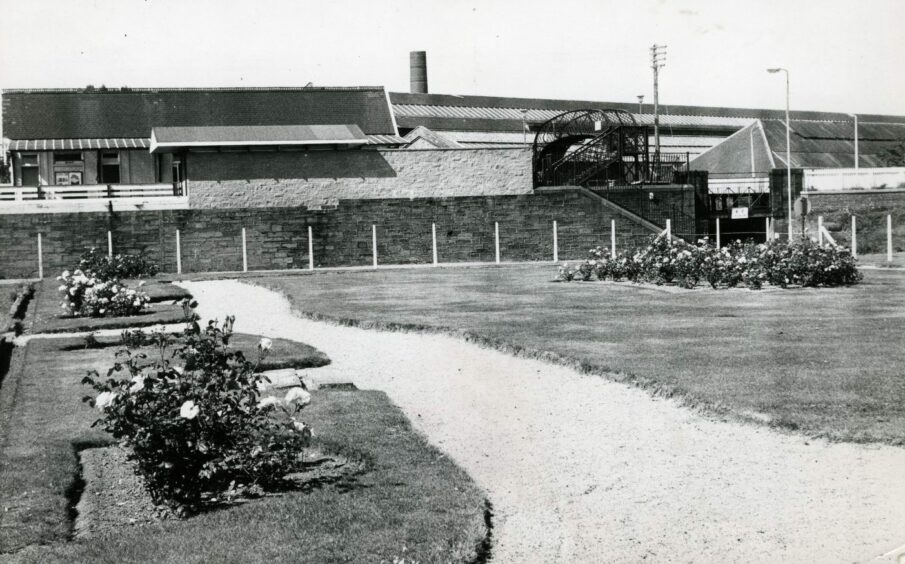
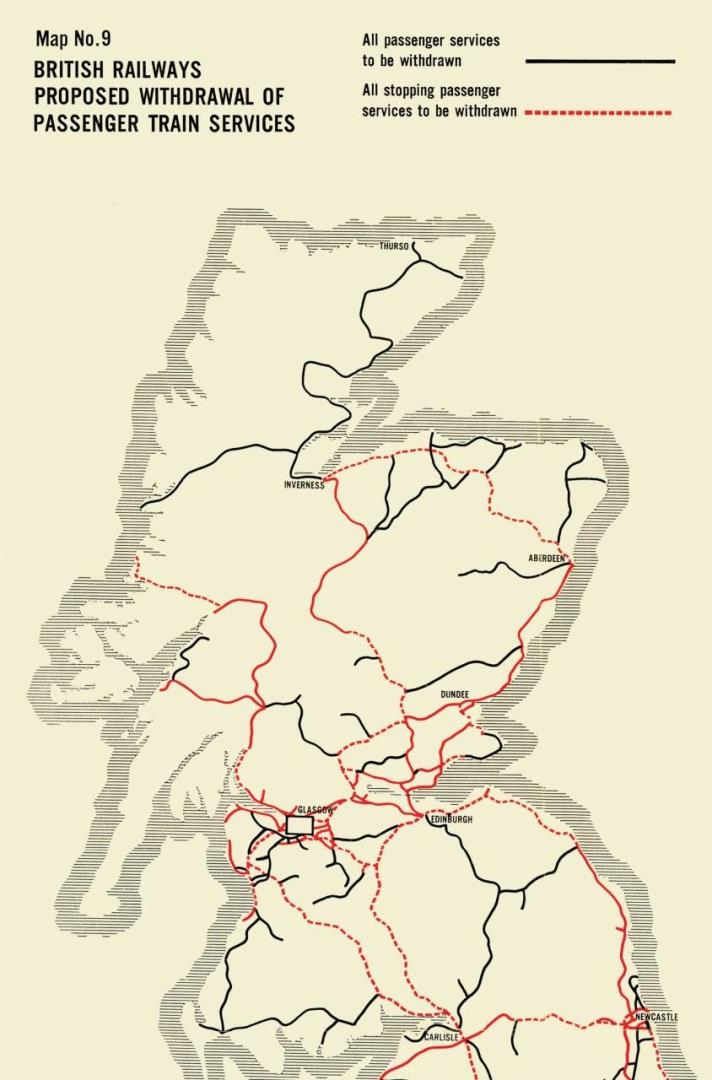
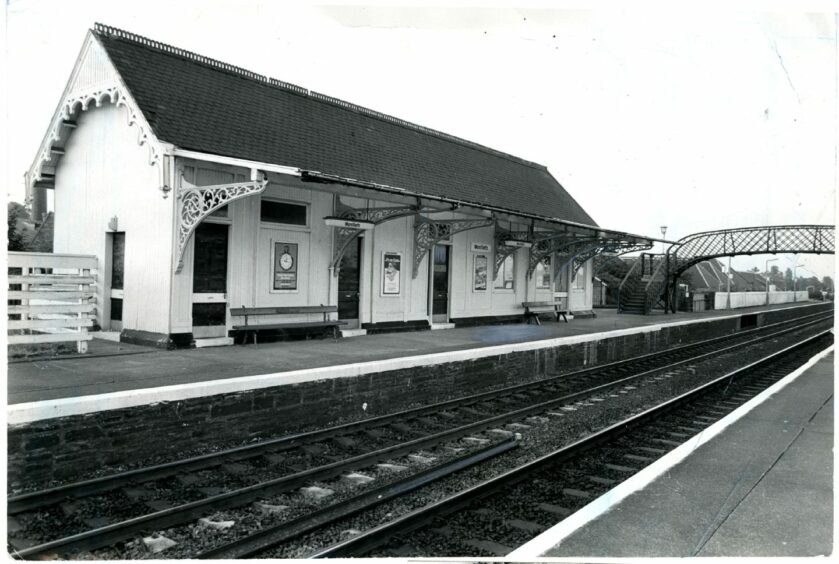
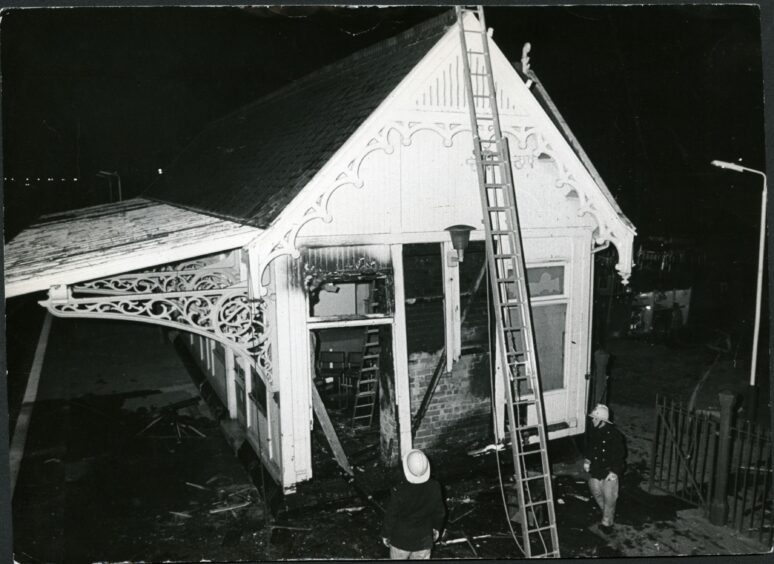
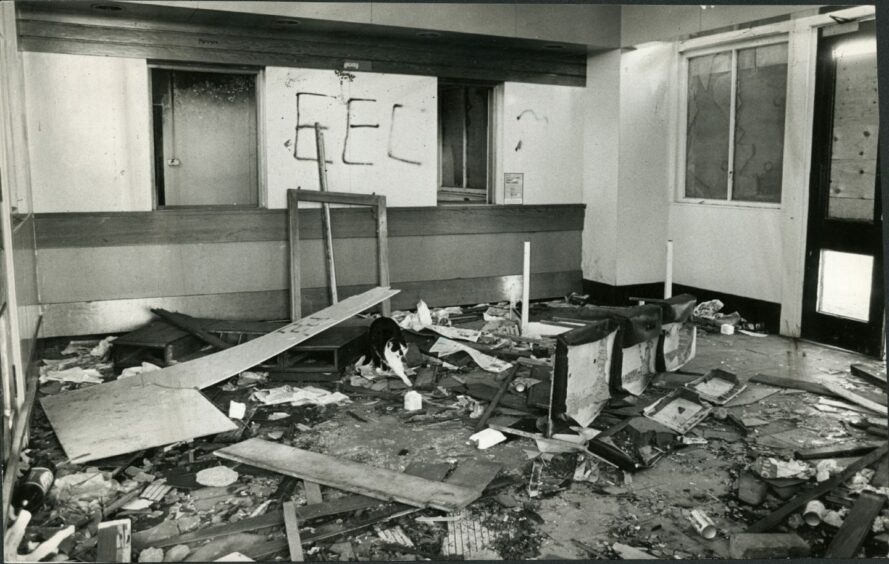
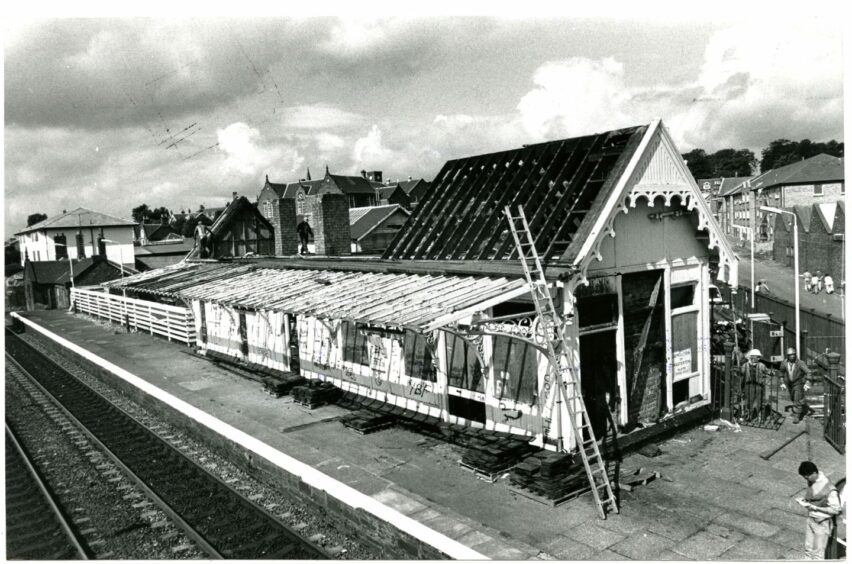

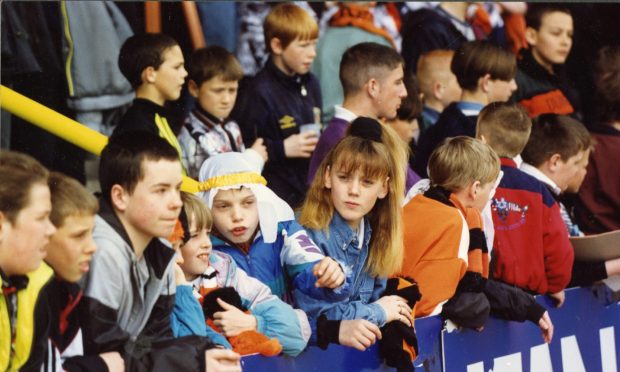
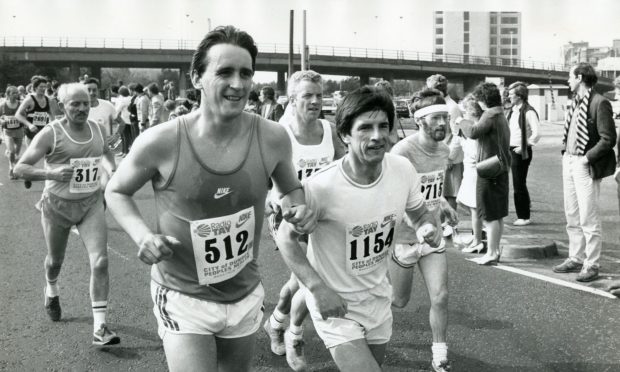








Conversation